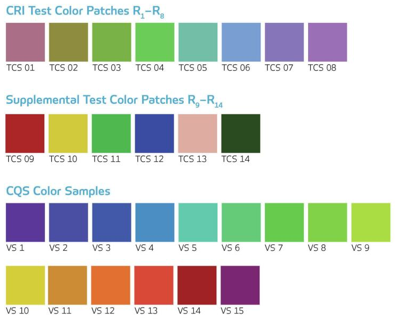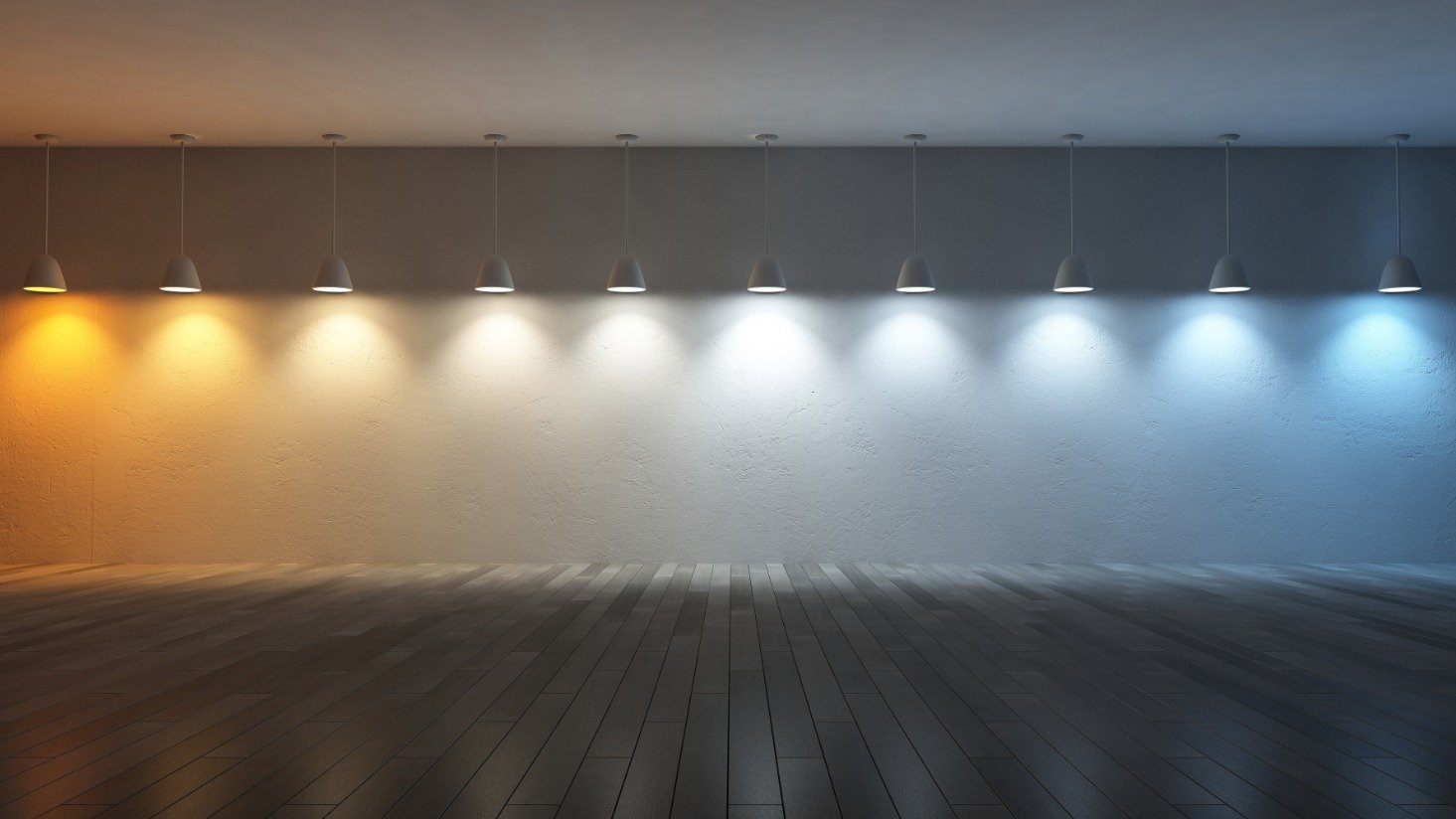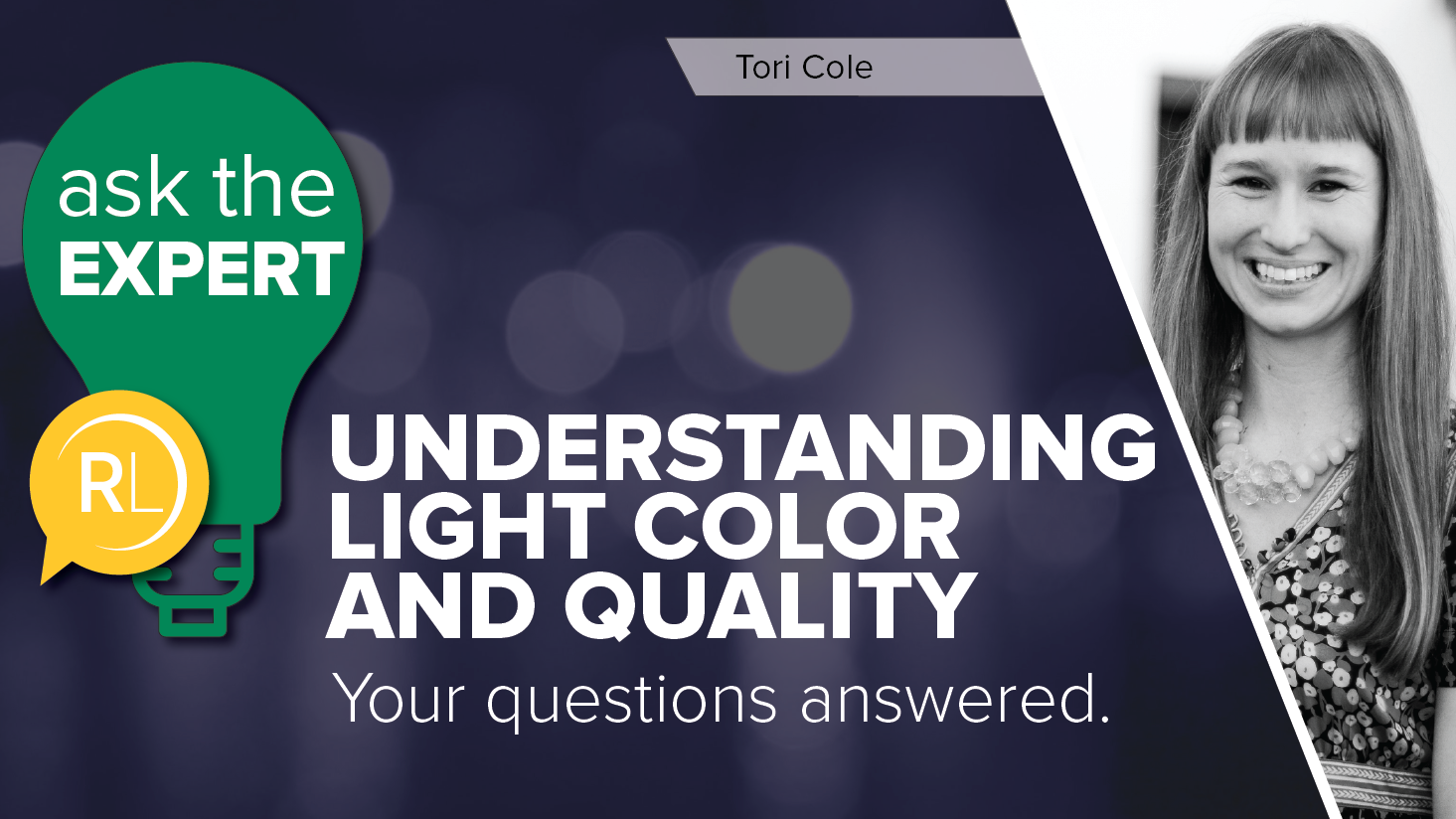How to choose the right CRI for your lighting: A practical guide to Color Rendering Index

Color rendering index (CRI) goes hand in hand with color temperature when you’re trying to pick the right lighting for your application.
In this article, I’m going to unpack the challenges around CRI and provide some practical tips for making the correct choice. If you need to catch up on color temperature, click here to read A guide to choosing color temperature for your lighting.
The first half of this article goes into some of the detail behind CRI and where the industry is headed. If you’d like to jump to the guide, click here.
What is color rendering index?
CRI is a simple and helpful lighting spec to predict how good the visual output of a lighting product will be.
Simply put, the metric is a number between 0 and 100 that is used to predict how well a product renders color. The closer to 100, the better – or truer – colors should look under its light.
Key word here: Should.
CRI is calculated based on how well a light source renders eight specific pastel colors. The theory is that if a light renders these colors well, it should render all colors well.
 Image Source: http://apps1.eere.energy.gov/buildings/publications/pdfs/ssl/cqs_rationale_06-10.pdf
Image Source: http://apps1.eere.energy.gov/buildings/publications/pdfs/ssl/cqs_rationale_06-10.pdf
Here’s an example that the National Institute of Standards and Technology (NIST) produced showing the difference between poor color rendering light (left) and high-color-rendering light (right). Which would you rather have?
Some manufacturers test the performance of their products on additional swatches (if you’ve ever heard reference to R9, that’s a gauge of how well a product should render red colors).
The National Institute of Standards and Technology also developed another color performance index called the Color Quality Scale, or CQS. It uses 15 colors to test light quality.
Here are the different swatches used in CRI, R9, and CQS testing:

Source: http://www.archlighting.com/technology/leds-decoding-color-performance_o
Color rendering technology
As lighting technology has changed, so has selecting the right CRI.
With fluorescent and high-intensity discharge (HID) lighting, picking the CRI was straight-forward. If you moved from a standard to a high CRI, there were clear price points and differences in the product.
With LED, you begin to get a little overwhelmed with selecting the right color and CRI combination.
In fact, the emergence and prevalence of LED lighting today has prompted an industry-wide search for a metric other than CRI – something that better measures the visual performance of newer lighting technology. The fact is that a high-CRI product may not be a magic bullet for you in today’s lighting industry.
Great strides are being made in that search, especially with the introduction of TM-30-15. The Office of Energy Efficiency and Renewable Energy says TM-30-15 is a more cohesive way to select the right lighting product. It combines several different measures to look at the difference between efficacy and color rendering and can help choose the best light for specific applications.
A new technology called color pumping has also emerged that enhances and saturates the color spectrum. It works ideally in retail with bright and vivid products. Philips calls theirs "crisp white," Xicato calls theirs "vivid," and Solais calls theirs "violight."
This is where CRI can actually be misleading because the goal of this is to actually oversaturate and accentuate certain colors (mainly blues, blacks, whites, and greens) instead of matching a reference source.
A guide to choosing Color Rendering Index
At this point, you’ve spent money carefully designing the surfaces, atmosphere, products, and other particular details of your space. Or maybe you’re on the other end of the spectrum and you simply need light in your space, but color quality isn’t quite as important (like in parking garages). How do you decide what CRI is right for you?
As a rule, a CRI of 90 or more is considered high and anything below 80 is considered mid-range to low. If color quality is important, seriously consider something in the 90s.
Otherwise, you may want to consider other factors like light output or wattage first and CRI as a secondary choice.
It’s also worth mentioning that improvements in light quality involve adding more phosphors. As a result, you typically make a sacrifice in energy efficiency as you move to LEDs with better light characteristics. In most cases, this sacrifice is worth it.
Here is a simple guide that can help point you in the right direction:
As with color temperature, there is truly no substitute for getting a few samples and putting them in your space to see how things look. You may be surprised by how well an 85 CRI product performs and disappointed with a 95 CRI product.
On the other hand, you may see the difference that moving from low-CRI HID lighting to mid-range CRI LED lighting makes and decide to upgrade. You may also be ready to adopt a product that takes advantage of the color pumping technology previously mentioned if you are looking for retail or gallery lighting that stands out.
Or you might be dealing with lighting code like Title 20 in California and you want to make sure your lighting products comply with building and energy codes.
Read more: Why a mockup could change your mind about LEDs
No matter the situation, we are here to help you navigate to the best product for your needs.











